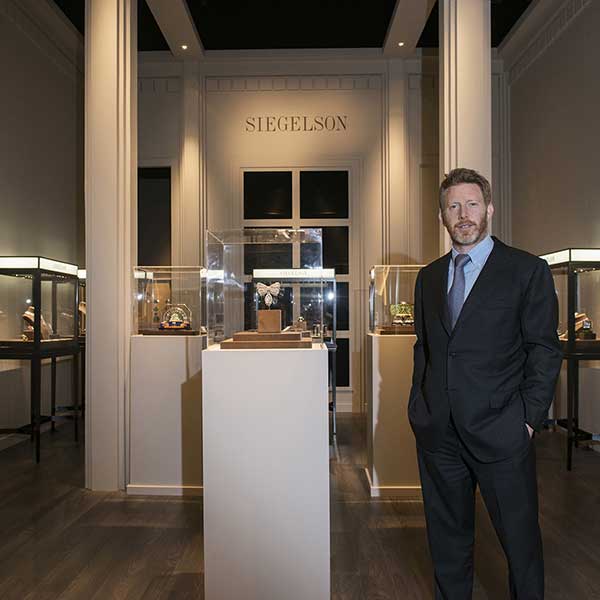
The history of Siegelson, one of New York’s premier estate jewelry dealers, mirrors the history of diamond jewelry since the pivotal art deco period. Founded in 1920 by Louis Siegelson, a watch repairman in Brooklyn, N.Y., the company shifted its focus to wholesaling diamonds in 1946, when Louis’ son, Herman (better known as “Hy”), moved the company to 56 W. 47th St.
When Hy died in 1994, his son, Lee, took over and refined the focus to estate jewelry. Gradually, he established his private gallery—which he moved to 589 Fifth Ave. in 2000—as a principal destination for the finest diamond estate jewelry from each major period of the past century by treating his inventory of bejeweled masterpieces like art, offering clients professional photography and detailed documentation to supplement their purchases.
Below, Lee talks to JCK about what’s trending in 2020, which styles and makers he thinks are currently undervalued, and why Golconda diamonds are consistently sought out by his top-tier clientele.
What’s the biggest change you’ve seen in the estate jewelry market since you took over the business?
A continual shift to quality, to signed items, to pieces with history and provenance—and people appreciating estate jewelry like it’s a work of art. Good signed pieces, whether it’s Cartier or Belperron, continue to go up in price. Before, when I started, it wasn’t that way.
Which makers have risen to the fore in a way that you might not have expected when you started?
Belperron is one that comes to mind. Few people would say they knew of her work, but it’s definitely been revived. She made very wearable jewelry, designed by a woman and made for women.
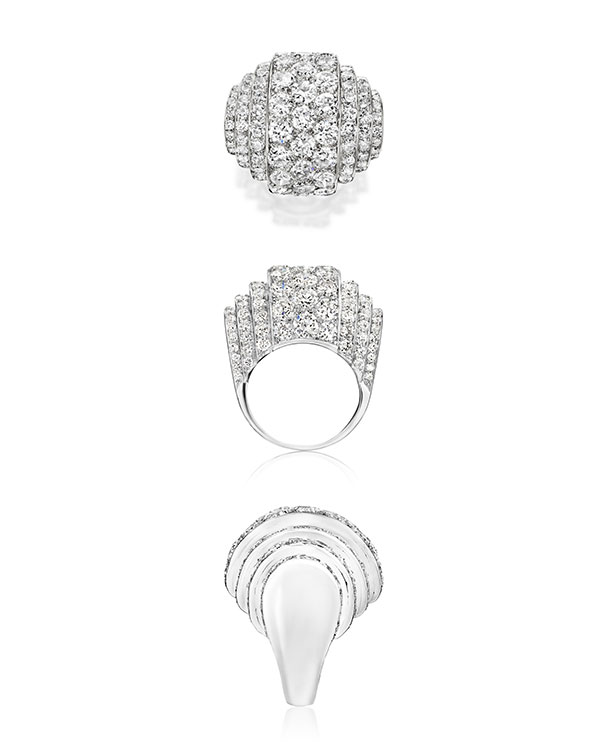
How have tastes shifted among your clientele over the years—and especially this year?
I think people want wearable jewelry. That’s a big thing now. They want things with yellow gold, bold design, and sculptural elements that women can easily wear. Lifestyle has definitely changed across the board. That’s why Belperron is so popular. And yellow gold Cartier jewelry that’s well made, that women can throw on pretty easily. At the same time, we’ve seen men that collect jewelry and objects, and we’re still selling these jeweled art deco objects that they want for their homes. Cartier clocks and boxes and great art deco things from 1915 to 1940.
Do you consider any styles or makers of the 20th century undervalued at the moment?
Strong yellow gold design from the ’40s and ’50s are what people want, prices are going up, clients are buying, and there are still legs in there for those types of things. People are looking less for stone value and stone weight, partly because the design is not always based on that. They’re more concerned about the wearability rather than the stone weight. People want things they love that are wearable and chic. That gives us an opportunity to use our own eye rather than simply breaking down stone value.
Which designers stand out for you in that regard?
Van Cleef has done some beautiful things. Modernist makers [Raymond] Templier and [Gérard] Sandoz did some beautiful things that have beautiful dimension to them.
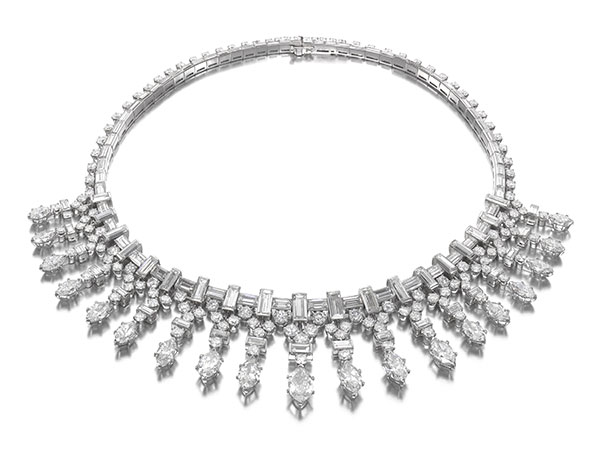
Switching to diamonds, can you tell us about the shapes that you see trending at the moment?
Clients still look for old cushion cuts or a nice navette cut—interesting shapes, older cuts. That enables a dealer to have his own personal taste. Clients coming to me want something with a different edge.
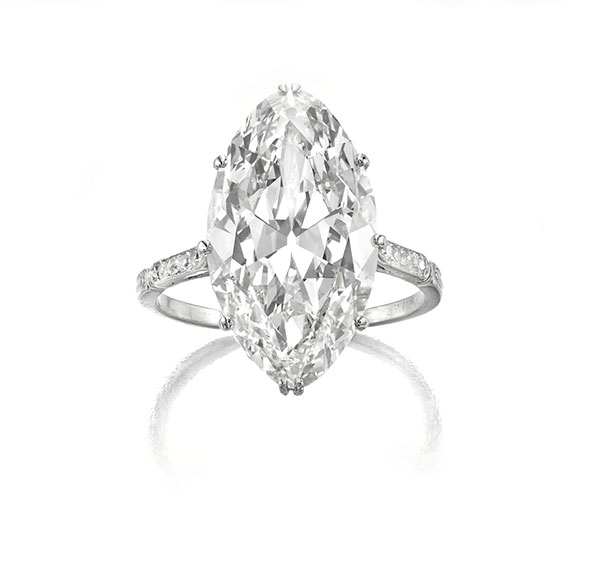
How has the pandemic affected your business?
Collectors being home and unable to travel has given them a chance to focus on their art and jewelry collections. Some are buying more and some are buying less, but everyone is happy when we reach out to them with something new. Jewelry brings people joy. Being cooped up, women who love and wear jewelry are still open to receiving it on approval. Predominantly all of our sales have come by engaging our good clients and servicing them to send them things they can consider.
Have you been doing a lot of Zoom consultations?
I’ve used it more than I ever had in terms of communication with people about business. Most of our pieces, we spend a lot of time and energy cataloguing them. When I choose something to send a client, I get them a high-quality catalog document with a professional image where they’re reading about it like a work of art.
You work a lot with Golconda diamonds. Do your clients know enough about them to ask for them specifically?
I find my clients do. They want that old cutting style and that beautiful shape and the type IIa material that’s so bright and has beautiful optical qualities to it. They’re looking for a particular shape and style, and it’s different from what you could go out in the market and find. A Golconda catches your eye and then it’s kind of hard to see anything else. It’s not like you can see an assortment, not like you can see a tray of Golcondas you can select from. When you see a great Golconda diamond, it goes beyond price.
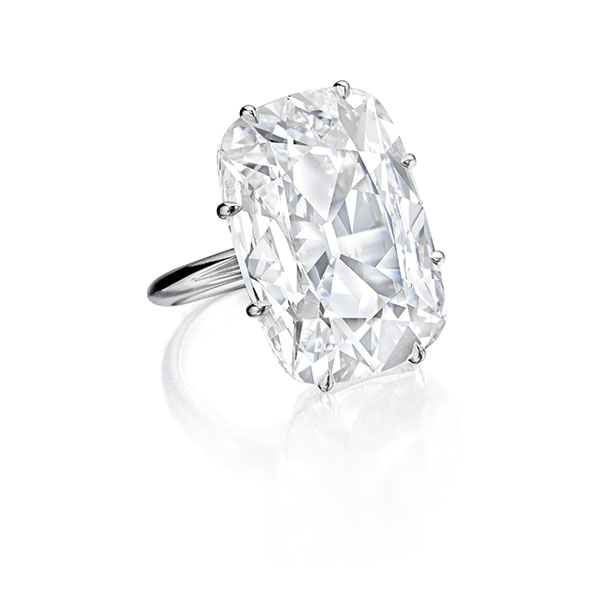
Top: Lee Siegelson (photo courtesy of Siegelson)
Follow JCK on Instagram: @jckmagazineFollow JCK on Twitter: @jckmagazine
Follow JCK on Facebook: @jckmagazine